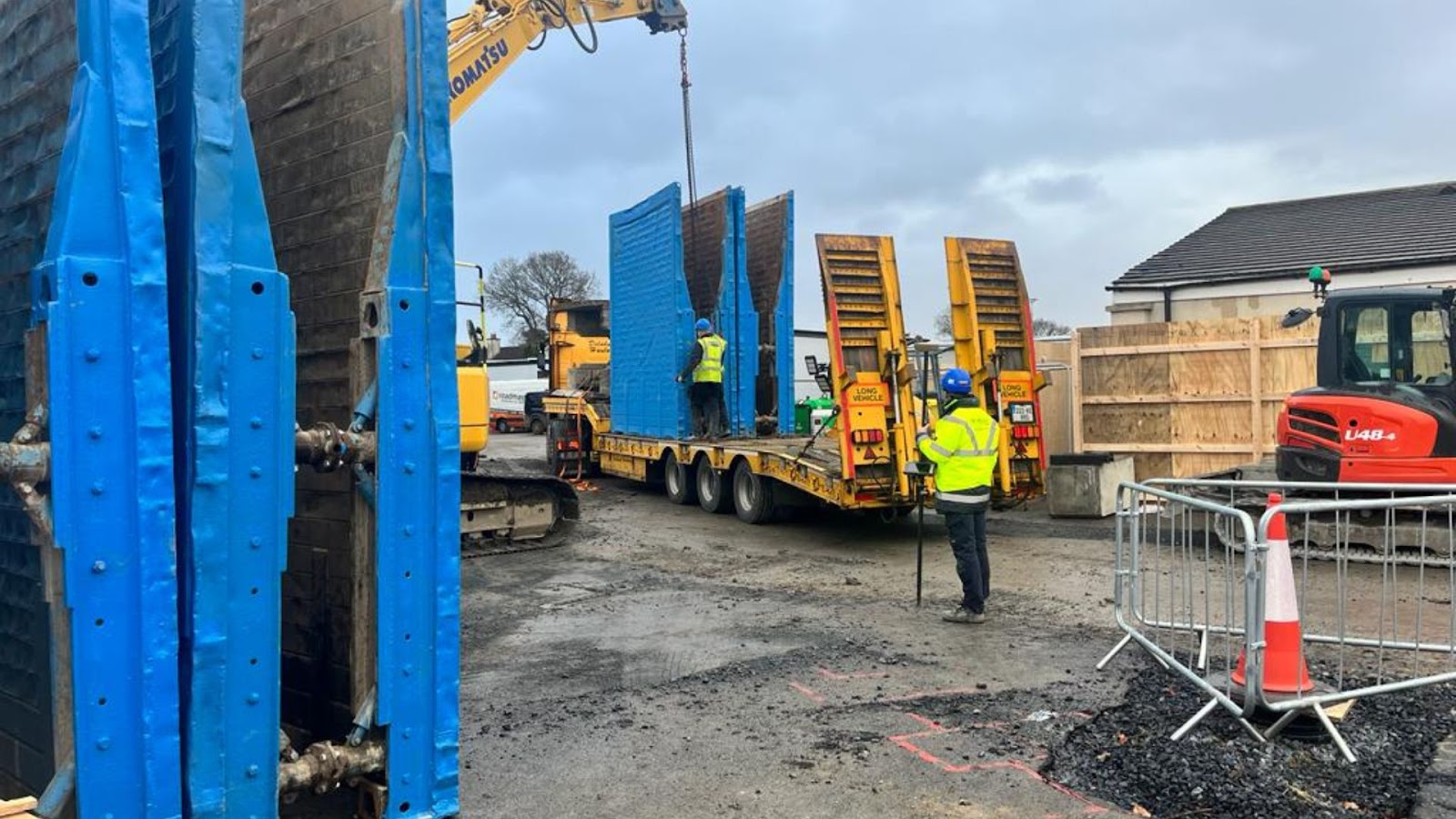Changes to the scope of work are common on a construction site. It can happen whether adding, omitting, or substituting work outlined in the original contract. This is what we call a variation. But how do you navigate these variations when they come up? Understanding the difference between a variation notice and a variation order is crucial for managing changes and maintaining a positive relationship with your clients.
What is a Variation?
First off, let’s clarify what a variation is. A variation is a change or alteration to the scope of work originally specified in the contract, including drawings or specifications. They can come up from different situations like unforeseen site conditions or design modifications.
When a variation arises, there are two steps you need to take: issuing a variation notice and a variation order. So what’s the difference?
1. Variation Notice
A variation notice is a formal notification to the client or design team about a change in the terms and conditions of the contract. As a contractor or subcontractor, you’ll notify the employer (the client) of any alterations, omissions, or variations to the original contract through a written notice. That can be a subcontractor to a main contractor or a main contractor to a client.
Different contracts will stipulate specific timelines when you must notify the client about a variation. It’s important to be aware of these timelines to stay compliant and keep communication clear.
It’s a notice that a potential variation is coming, there doesn’t need to be any costings in the notice. It gives the client a heads-up about what’s coming and helps mitigate costs down the line.

2. Variation Order
Once a variation notice has been issued, the next step is to create a variation order. A variation order is a written agreement that details the changes or alterations to the original scope of work set out in the contract. It includes the following:
- A description of the change
- The reason for the change
- Any adjustments to the contract price
- Changes to unit prices, if applicable
- Changes to the project timeline
Variations are inevitable in construction. It’s all about making sure these changes are documented properly so everyone’s aware of what’s going on or coming down the line.
The main contractor and client should have a chance to mitigate against the risk of a potential change and additional costs on a project. That’s why you’ll find timelines for variation notices and variation orders in the contract.
This is set out in the RIAI Form of Contracts Clause 13 and the Public Works Contracts (PWC).
Best Practices for Managing Variations
Managing variations is key to reducing any misunderstandings and protecting your bottom line. Here are some best practices to keep in mind:
- Walk the Site: Regular site inspections allow you to catch potential variations early. Being proactive can save time and money.
- Identify Potential Changes: If you spot a potential change on-site, assess how it might affect the contract and any additional work required.
- Communicate Early: If you believe a change may increase the contract sum, issue a variation notice promptly. This gives your client time to mitigate any impacts on the budget.
Example
Let’s say you’ve agreed to a contract price of €400,000 to build a house. During the project, the builder finds out the percolation system won’t work where you thought it would because of sheet rock. He tells you the cost of breaking out this rock will be an extra €10,000
As the contractor or subcontractor, you need to provide this information to the client or main contractor. The client and their design team then come together to mitigate against the cost increase and the risks it brings for the rest of the contract.

Conclusion
This is the proper procedure when it comes to variations. Even though many contracts are based on mutual agreements, this is how it’s done properly through the books. Knowing the difference between a variation notice and a variation order is important to your site’s success and relationship with your client.
Sure, it’s annoying when changes happen and additional costs come up but being up front and giving your client the heads up is best to keep everyone on the same page throughout the project.
Contact us today at Carroll Estimating to learn how our team of professional QS and Estimators can help you set up a successful site with a seamless process from tender bid to final account.
